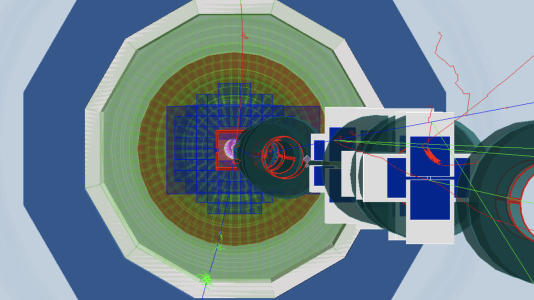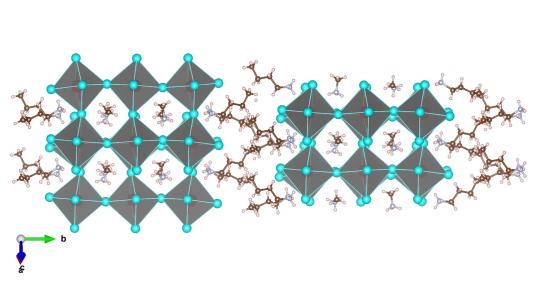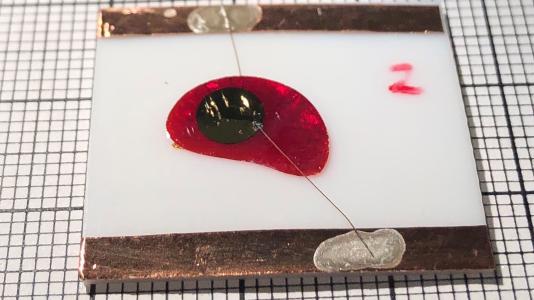
Express Licensing
- Undulator with dynamic compensation of magnetic forces (IN-14-042)
A method and apparatus for implementing dynamic compensation of magnetic forces for undulators are provided. An undulator includes a respective set of magnet arrays, each attached to a strongback, and placed on horizontal slides and positioned parallel relative to each other with a predetermined gap. Magnetic forces are compensated by a set of compensation springs placed along the strongback. The compensation springs are conical springs having exponential-force characteristics that substantially match undulator magnetic forces independently of the predetermined gap. The conical springs are positioned along the length of the magnets.

